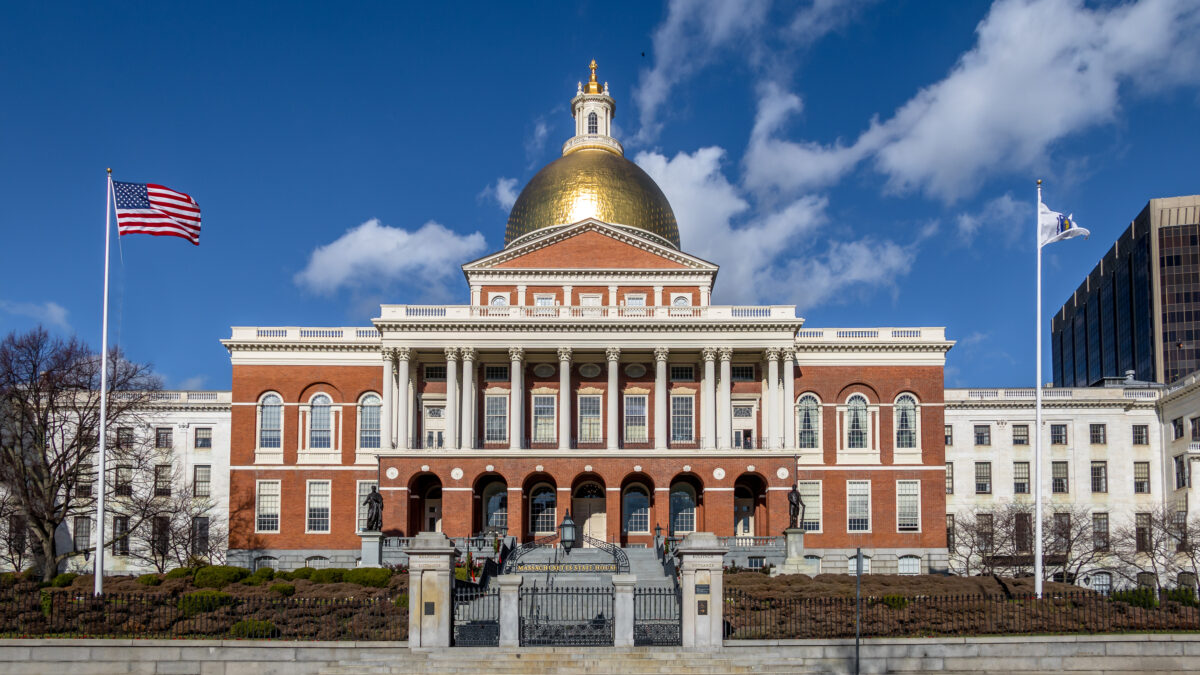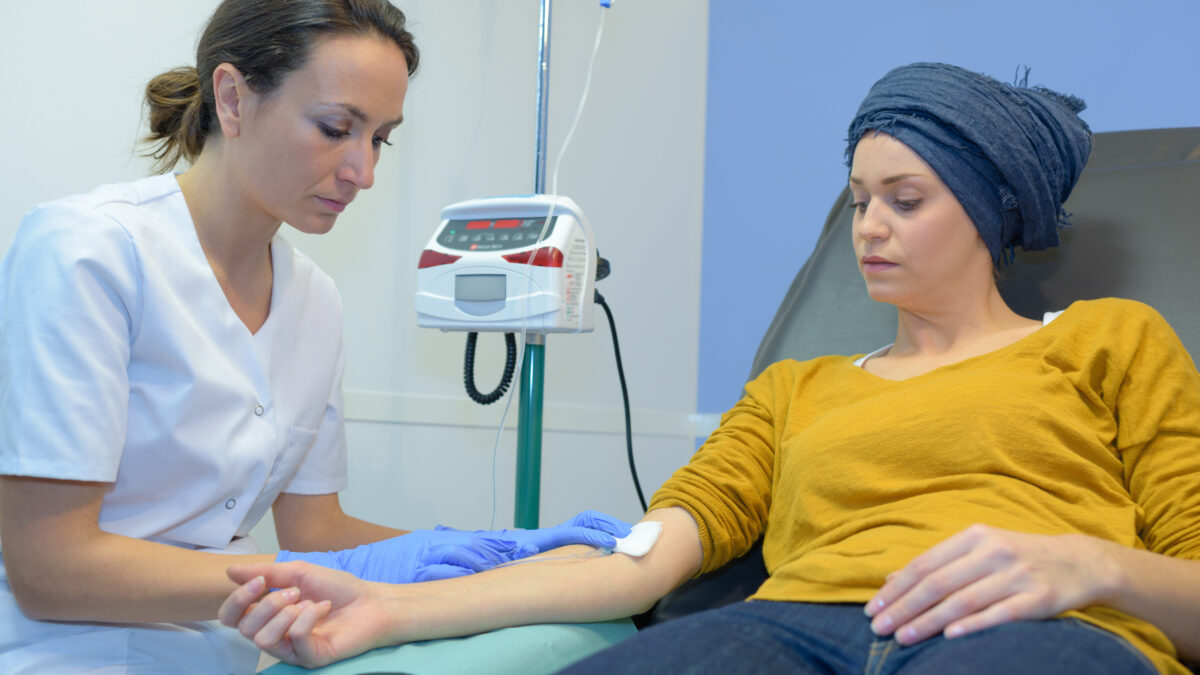Nearly half of U.S. counties, home to 22 million people, don’t have a cardiologist. The shortage is especially stark in rural counties, where patients also have disproportionate risk for cardiovascular disease.
The Urban-Rural Heart Health Divide
A patient living in a rural county has to travel an average of 87 miles to visit a cardiologist, a potentially tremendous burden. The expense of travel, time away from other responsibilities and overall inconvenience may lead some to skip any cardiology care completely.
Likewise, rural counties also have fewer primary care physicians: just 41 per 100,000 people, compared to 63 per 100,000 elsewhere. They also tend to have higher rates of smoking, obesity, hypertension and diabetes, which all contribute to increased risk of a cardiovascular event.
Even as the standard of care for cardiovascular disease has improved and life-saving treatment has become more accessible and affordable for many, rural residents may be left behind. People living in counties without a cardiologist have higher rates of heart disease and premature death.
CVD Trends
Cardiovascular risk is highly concentrated in the southern United States, along with disproportionate risk of mortality from heart attack and stroke. The American Heart Association has been ringing the alarm on this trend for years.
Conditions are worst for Native Americans, who are most likely to live in a county without a practicing cardiologist. American Indians and Alaska Natives are 50% more likely to be diagnosed with coronary heart disease than white Americans and, partly due to distance from care, have a higher likelihood of dying after a heart attack.
Investing in Cardiovascular Care for All Americans
Addressing the nation’s cardiologist shortage is an urgent need. Heart disease is the number one killer of Americans, both men and women, rural and urban. And experts predict the rates of disease are likely to keep increasing, with as many as 60% of adults impacted by 2050.
While lifestyle modifications and individual initiative play a role, systemic changes including recruiting and training more cardiologists and enacting health-forward policies are also necessary to curb the trend.
Seeking out a cardiologist’s care once a heart attack begins, for many rural Americans, may be too late.




